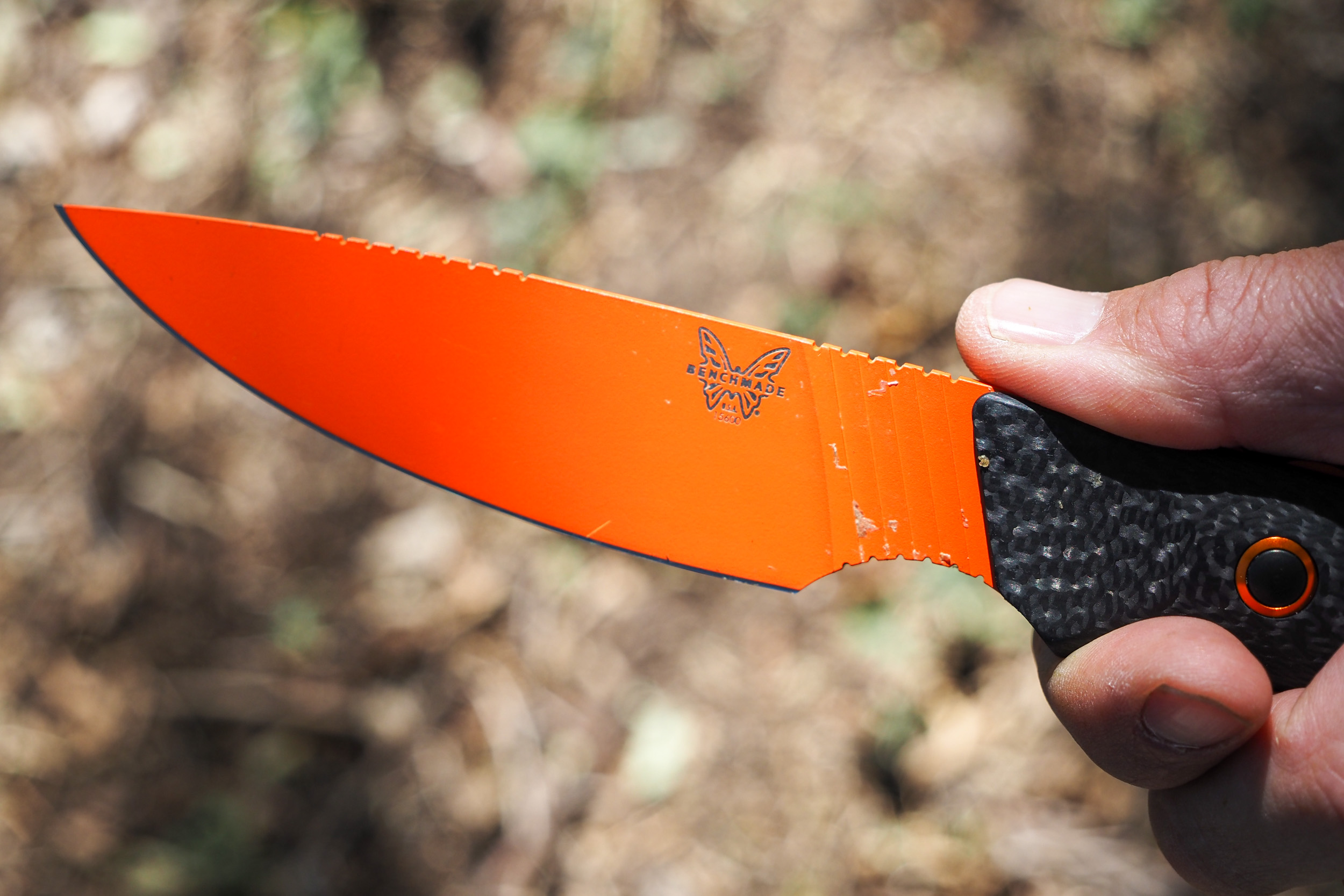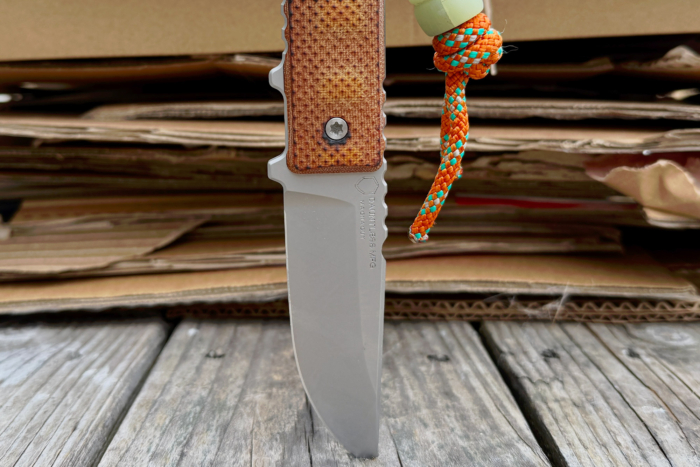Up your knife knowledge with heat treatment, blade geometry, and finish.

Knife “knuts” are always, to some degree, steel junkies. If you bother to read reviews about a knife you invariably want to know about the blade steel. It’s crucial to understanding how a knife performs.
But it is only the beginning. The three axes of blade performance — toughness, hardness, and corrosion resistance — are important and all tied directly to the steel’s chemistry. However, these factors are not the end-all, be-all of cutting performance.
If you like cars, think of these factors like the top speed of a car. They tell you a lot, but not everything. The fastest car in the world rarely holds the top time on the Nurburgring, because speed is just one aspect of performance. The same is true with a knife — steel chemistry is just one aspect of performance.
Here are some others.
Blade Geometry, Heat Treat, & Blade Finish
Blade Geometry
Blade Grind Groups
- A convex grind, seen point first, appears to bow out from the spine like the hull of a row bow, but with a much thinner profile.
- A flat grind is just as it sounds, a straight line from the spine to the edge.
- A hollow grind is the opposite of a convex grind, the steel is dished out as it goes from the spine to the edge.














